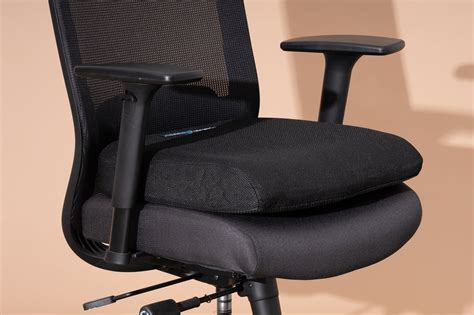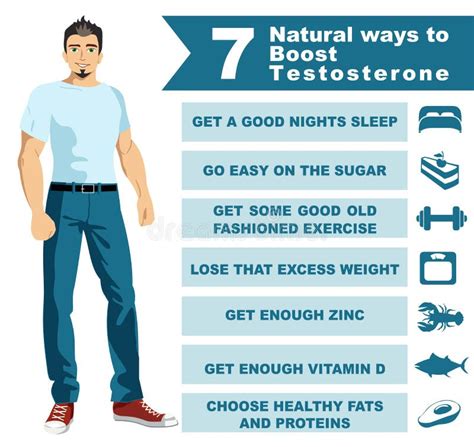The Silent Epidemic: Lower Back Pain in Desk-Bound Men
For many men, the modern office environment has become a hotbed for a common ailment: lower back pain. Hours spent hunched over a keyboard, often in suboptimal positions, can lead to a host of muscular imbalances and skeletal strain. This isn’t just discomfort; it can significantly impact quality of life, productivity, and overall well-being. The good news is that with a targeted approach combining stretching, strengthening, and ergonomic adjustments, men can effectively combat and prevent this pervasive issue.
Understanding the Root Cause of Desk-Related Back Pain
Prolonged sitting is often dubbed the new smoking, and for good reason. When you sit for extended periods, your hip flexors shorten, glutes weaken, and core muscles become less engaged. This combination can tilt your pelvis anteriorly (forward), increasing the curve in your lower spine (lordosis) and putting immense pressure on your lumbar discs and surrounding tissues. Poor posture, lack of movement, and inadequate workstation ergonomics further exacerbate these issues, creating a vicious cycle of discomfort.

Essential Stretches for Immediate Relief & Flexibility
Stretching is crucial for undoing the tightness caused by sitting. Incorporate these into your daily routine, especially during breaks or after work.
- Cat-Cow Stretch: Start on all fours. As you inhale, drop your belly, lift your tailbone and head (Cow). As you exhale, round your spine, tuck your tailbone and chin (Cat). This mobilizes the spine.
- Knees-to-Chest Pose: Lie on your back, bring both knees towards your chest, hugging them gently. This elongates the lower back muscles and can relieve pressure.
- Figure-Four Stretch (Piriformis Stretch): Lie on your back, bend your knees with feet flat. Cross your right ankle over your left knee. Gently pull your left thigh towards your chest. This targets the piriformis muscle, which can contribute to sciatica-like pain. Repeat on the other side.
- Child’s Pose: Kneel on the floor, big toes touching, knees wide. Sink your hips back towards your heels and extend your arms forward, resting your forehead on the floor. A gentle, restorative stretch for the entire back.

Strengthening Your Core and Posterior Chain
While stretching provides relief, strengthening is vital for long-term prevention. A strong core (abdominal, back, and gluteal muscles) acts as a natural corset for your spine.
- Bird-Dog: Start on all fours. Extend your right arm straight forward and your left leg straight back, keeping your core engaged and hips level. Hold, then return slowly. Alternate sides. This builds core stability and balance.
- Glute Bridges: Lie on your back, knees bent, feet flat on the floor hip-width apart. Engage your glutes and lift your hips off the floor until your body forms a straight line from shoulders to knees. Lower slowly. Strong glutes support the lower back.
- Plank: Hold a push-up position, resting on your forearms and toes. Keep your body in a straight line from head to heels, engaging your core. This is a powerful full-body core strengthener.
- Superman: Lie face down on the floor, arms extended forward. Simultaneously lift your arms, chest, and legs off the floor, engaging your back and glutes. Hold, then lower. This strengthens the erector spinae muscles.

Beyond Exercises: Ergonomics and Daily Habits
Exercise alone isn’t enough if your daily habits contribute to the problem. Integrating these tips can make a significant difference:
- Optimize Your Workspace: Ensure your monitor is at eye level, keyboard and mouse are close, and your chair supports the natural curve of your lower back. Your feet should be flat on the floor, or on a footrest.
- Take Regular Movement Breaks: Set a timer to stand up and move every 30-60 minutes. A quick walk, a few stretches, or even just standing for a minute can break the cycle of prolonged sitting.
- Stay Hydrated: Water is crucial for disc health. Dehydration can reduce the cushioning effect of spinal discs.
- Mindful Posture: Be aware of your posture throughout the day. Try to sit tall, with shoulders back and down, and core gently engaged.

Consistency is Key
The key to overcoming lower back pain from desk work is consistency. Make these stretches and exercises a regular part of your routine. Even 10-15 minutes a day can yield profound results over time. Think of it as preventative maintenance for your most crucial support structure.
When to Seek Professional Help
While these exercises are highly effective for general lower back pain, if you experience severe pain, numbness, tingling in your legs, or if the pain persists or worsens, it’s crucial to consult a healthcare professional. A doctor or physical therapist can diagnose underlying issues and recommend a personalized treatment plan.

Take Control of Your Back Health
Lower back pain from desk work doesn’t have to be an inevitable part of modern life for men. By understanding the causes, implementing targeted exercises, and making mindful adjustments to your daily habits and workspace, you can significantly reduce discomfort, improve your posture, and reclaim your back health. Start today, and experience the relief and freedom that comes with a stronger, more flexible back.




